Email marketing is an incredibly powerful tool for driving course sales online. With the right strategy, emails can help you reach dozens or even hundreds of potential customers with a single click of your mouse.
While there are a variety of ways to market an online course, email remains one of the most reliable options. Not only is it cost-effective, but it also allows you to form relationships with potential customers and deliver tailored messages in real time.
Ultimate Guide To Create And Sell Online Courses
Here are a few reasons why you should consider email marketing for promoting your online courses:
- Over 50% of the online audience purchased as a result of a promotional email
- Email generates an average return on investment (ROI) of $44 for every dollar spent.
- 71% percent of people who receive emails from businesses they trust in their inbox make purchases based on those emails
- Nurtured leads generate 60% more sales-ready leads than non-nurtured leads
- Personalized emails drive 6x higher transaction rates
- Email marketing has an average clickthrough rate of 3.57% and a conversion rate of 0.17%
- Automated emails generate 320% more revenue than regular, one-size-fits-all campaigns
This shows how effective emails can be when it comes to selling an online course. With the right strategy and content, you can reach new customers and increase course sales. You’ll learn more about this in the sections below.
In this post, we will cover these points in detail
As the late great Mark Twain once said, “I didn’t have time to write a short letter, so I wrote a long one instead.” The same could be said for email marketing; it’s easy to focus too much on the design and content of your emails and end up with something that looks nice but fails to deliver results.
However, if you keep things simple and focus on the basics, you can create effective email campaigns that will generate leads and increase course sales.
Email marketing doesn’t have to be complicated or time-consuming if you know what steps to take and which strategies to apply.
In this guide, we’ll go over everything you need to know about email marketing and how it can be used to promote your online courses. We’ll also provide some tips and tricks on how to write better email content, build an email list, craft effective emails, and more. With this information in hand, you can start building your own email marketing campaigns that will drive sales for your online courses!
Let’s dive in!
What is Email Marketing?
Email marketing is a form of digital marketing that involves sending out promotional messages to potential customers via email. It can be used to increase brand awareness, boost sales and create relationships with your target audience.
There are four types of email marketing that you can use to promote your online courses:
- Welcome Emails
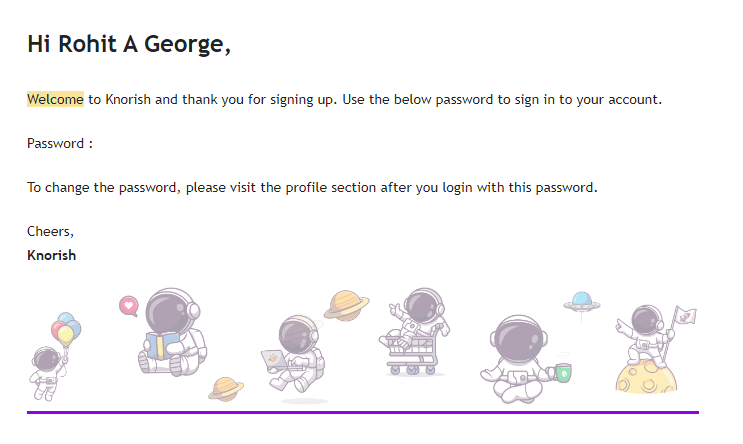
Used to introduce customers to your brand, products or services and give them a great first impression. For example, when someone signs up for our free or paid online course. Such emails are automatically sent to your users by Knorish.
- Newsletter Emails

Used to provide regular updates on the course’s content and keep your audience engaged. This could be a weekly or monthly update to your entire database. This is of great use for your course as you can use it to announce new updates, and features or share success stories.
- Special Promotional Emails
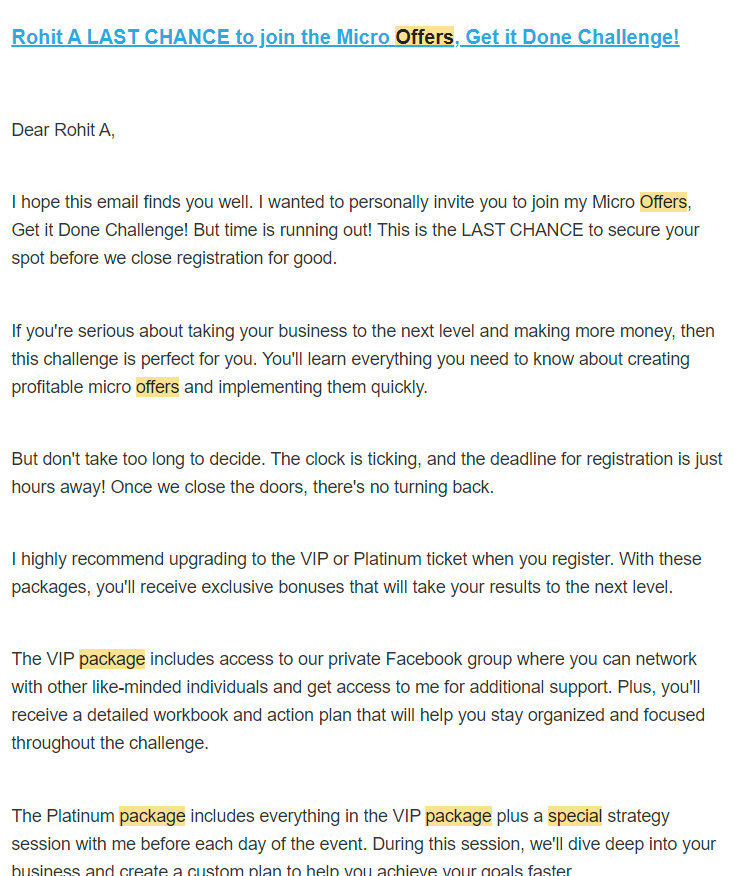
Used to promote special offers on your online courses and drive more sales. You could send out emails announcing a sale or discount codes for an upcoming course launch or bundle offer etc.
- Transactional Emails – Used to thank customers for their purchase, remind them of the purchase date or inform them about how the delivery process works, etc. These emails should be personalized and automated depending upon the email subscriber’s actions like buying your online courses, completing payment, enrolling in the course, etc. Each of these email types is used at specific times and has different purposes, but they can all be used together to create a powerful email marketing strategy that will help you sell more online courses.
How To Build An Email List: 9 tips
The first step in any email marketing campaign is to build an email list. If you want to reach your target audience and increase course sales, then having a strong email list is essential.
Here are some tips on how to start building an email list:
1. Leverage Email Marketing Tools
Using an email marketing tool such as Mailchimp, convert kit or SendGrid is always suggested to build your email list. These tools provide easy-to-use templates and automated emails that you can use for newsletters, transactional emails, welcome emails, and more.
Another reason why you should use an automated email marketing tool is that it allows you to segment your email subscribers based on their interests, past interactions, and purchases, as well as track their engagement with your emails. This will help you create more targeted campaigns that are tailored to the needs of your audience.
Additionally, these tools also offer options for creating custom forms for subscriptions that you can use on your website – making it easy for people to sign up and subscribe!
2. The underrated standard opt-in form
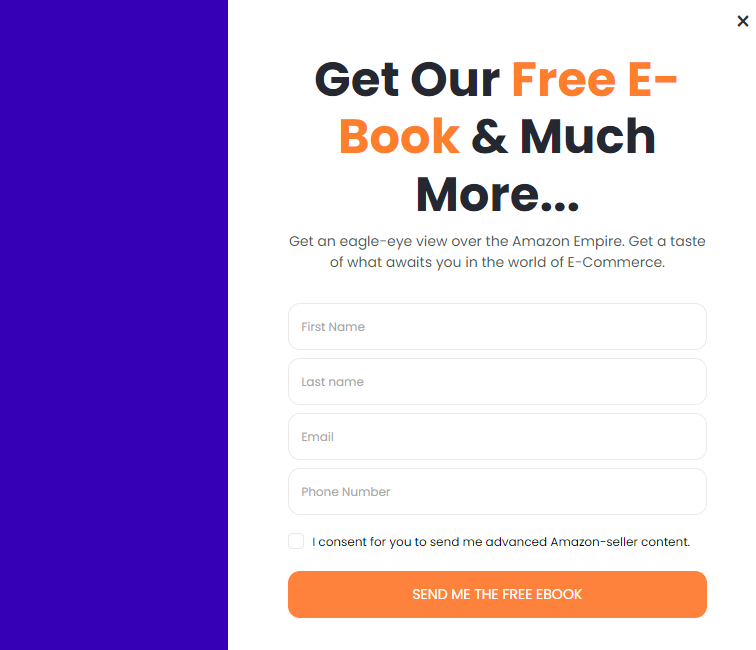
To start building a list, you’ll need to include an opt-in form on your website. This could be a pop-up, sidebar widget, or embedded in the page content. Even though it might look like a small thing, opt-in forms are amazing for building a list. These help you quickly scale your list with no extra effort needed.
3. An unexpected pop-up form

Create a surprise pop-up form that appears after a user has been on your website for some time or when someone is about to leave.
This could be a discount on your online courses, a free ebook, or high-quality content for download.
This is an effective way of capturing new leads because if someone is about to leave, this could be the perfect opportunity to convert them into a subscriber.
4. Incentivize Email List Sign Ups
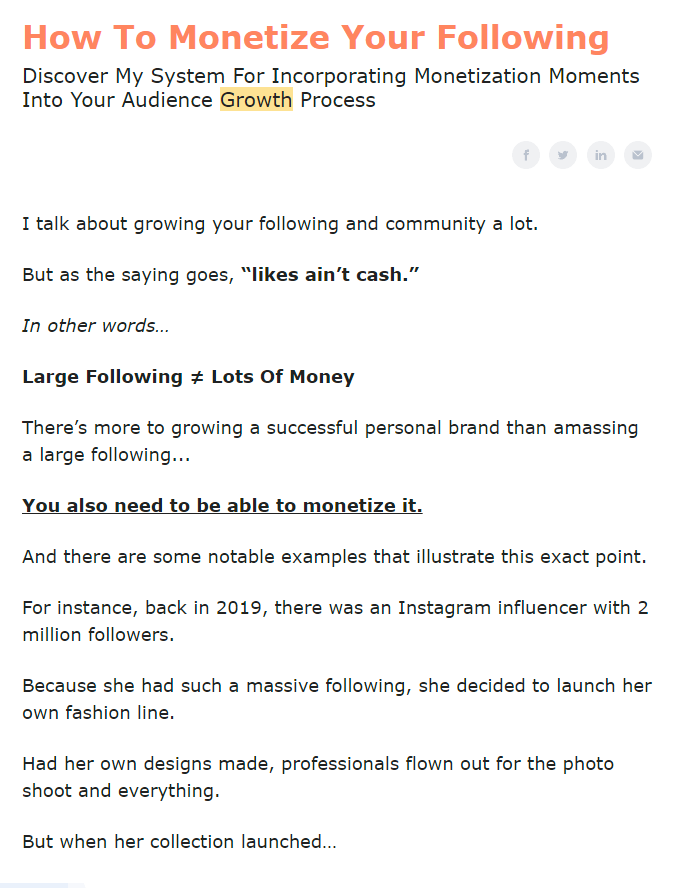
Offer an incentive such as a coupon code or discount to entice people to sign up for your email list. This will give them a reason to subscribe and make sure they don’t forget about you.
You could also add that information to the design itself to capture attention. Incentives such as an offer to join the next webinar, a discount coupon on your premium courses, access to newsletters, or other such amazing great content pieces.
5. Leverage Social Media With Call To Action Links
Social media marketing is the perfect way to reach your target audience and promote your courses. You can add a link to your opt-in form in the bio or description of your profile on various social media platforms such as Facebook, Twitter, Instagram, etc. This will make it easier for people to join your list.
Additionally, make sure to add a call-to-action link on every social media content piece that you create. This is usually done by offering high-value content pieces that your audience is looking for.
This is where a lead magnet comes in.
6. Build powerful lead magnets
These are an incentive that you offer when someone subscribes to your email list. These can be in the form of eBooks, PDFs, templates, cheat sheets, video tutorials, audio clips, or any other type of content that your target audience will find valuable.
To enable this, you would need a sales page where the highlights of the content are listed – giving reasons why someone should download the content and how they will benefit from it.
In order to download and access the content, your audience will have to enter their email address. This ensures that you get more new subscribers quickly and grow your list exponentially.
7. Strategic content upgrades
Content upgrades are pieces of additional content related to your blog post. They could be in the form of PDFs, audio clips, templates, or any other helpful material that provides more information to your blog post readers.
For example, if you’re writing a blog on the topic of how to create video content for your new course, you could offer an Ebook with a list of tools that someone could use as a high-value lead magnet for download.
You could then ask people to enter their email addresses for access to this additional content piece related to the topic you’ve just discussed in your blog post. This will make people want to share their email IDs to be able to download the content piece.
8. Free Giveaways
You can also use free giveaways for lead generation and growing your list. For example, you could offer a free course or an ebook in exchange for an email address. This will encourage people to join your list and help you expand it quickly.
9. Provide webinars, workshops, and live sessions
Webinars, workshops, and live sessions are powerful tools for building an email list. You can provide valuable information during the webinar or live content session and use that as a lead magnet.
Additionally, you can also use webinars or live content as an opportunity to showcase your expertise and build credibility with your target audience, which is a great way to build trust and increase engagement.
10. Join social media groups
Social groups are a great way to get in touch with your target audience and start conversations about topics that relate to your business. You can join relevant groups, start engaging in conversations and offer helpful solutions to the questions people ask.
This is also an effective way of capturing leads as you can include a link to your opt-in form in your profile bio or even post it in the comments of the group. This will give people an easy way to join your list and expand it quickly.
11. Import your contacts
If you already have a list of contacts that have engaged with your content, coaching or courses earlier, import them into your database. This way, you can start building relationships with these existing contacts and turn them into subscribers who will stay loyal to your brand for a long time.
12. Offline list-building hacks
Offline list-building tactics are also great to capture more leads. You can set up a booth at events, conferences, or other networking sessions and ask people to enter their contact details if they’re interested in your content or course.
In every event that you speak at, offer a high-value lead magnet by sharing the landing page link for that content. Get people excited and ask them to download the content piece from the site in exchange for that content piece.
Another hack that can be used is to place sign-up forms or QR Codes in physical locations such as stores, libraries, and other places where people go to learn or get information.
You could also physically collect business cards and enter the contact details into a database after events, seminars or conferences.
These are some of the most effective list-building hacks that you can use to grow your email database and promote your courses. Implementing these tactics correctly will help you reach your target audience more quickly and convert them into paying customers.
Read Related Blog:
Top 7 Email Marketing Dos & Don’ts You Can’t Miss (#4 Amplifies Open Rates!)
A 5-Email Sequence To Sell Courses Faster
“There is no formula for the perfect email – But authentic and honest messaging always works better!”
Once you’ve built your email list, it’s important to figure out an email campaign that will convert those potential leads into paying customers.
A popular method is to set up a 5-email online course sales sequence that will engage your audience and increase your chances of converting the leads into paying customers for your online courses.
Here’s a great 5-email marketing sequence that you can use to sell courses faster:
1. Start with a pain problem/ big opportunity. Introduce your content offer as the solution
Start with a pain problem or big opportunity that your target audience is facing, and then introduce your course as the solution to this issue. This helps in setting the context for the email and gives people an idea of what they can expect from you.
So when you start the email with a big problem that your target audience is dealing with, you instantly connect with the audience and get them to pay attention.
2. Talk about a success story of someone who solved it with your help
In the second email, you can use a success story to show your target audience that it is possible to achieve their goals with your course.
Additionally, several creators create high value training pieces that show how specific customers became successes in the domain.
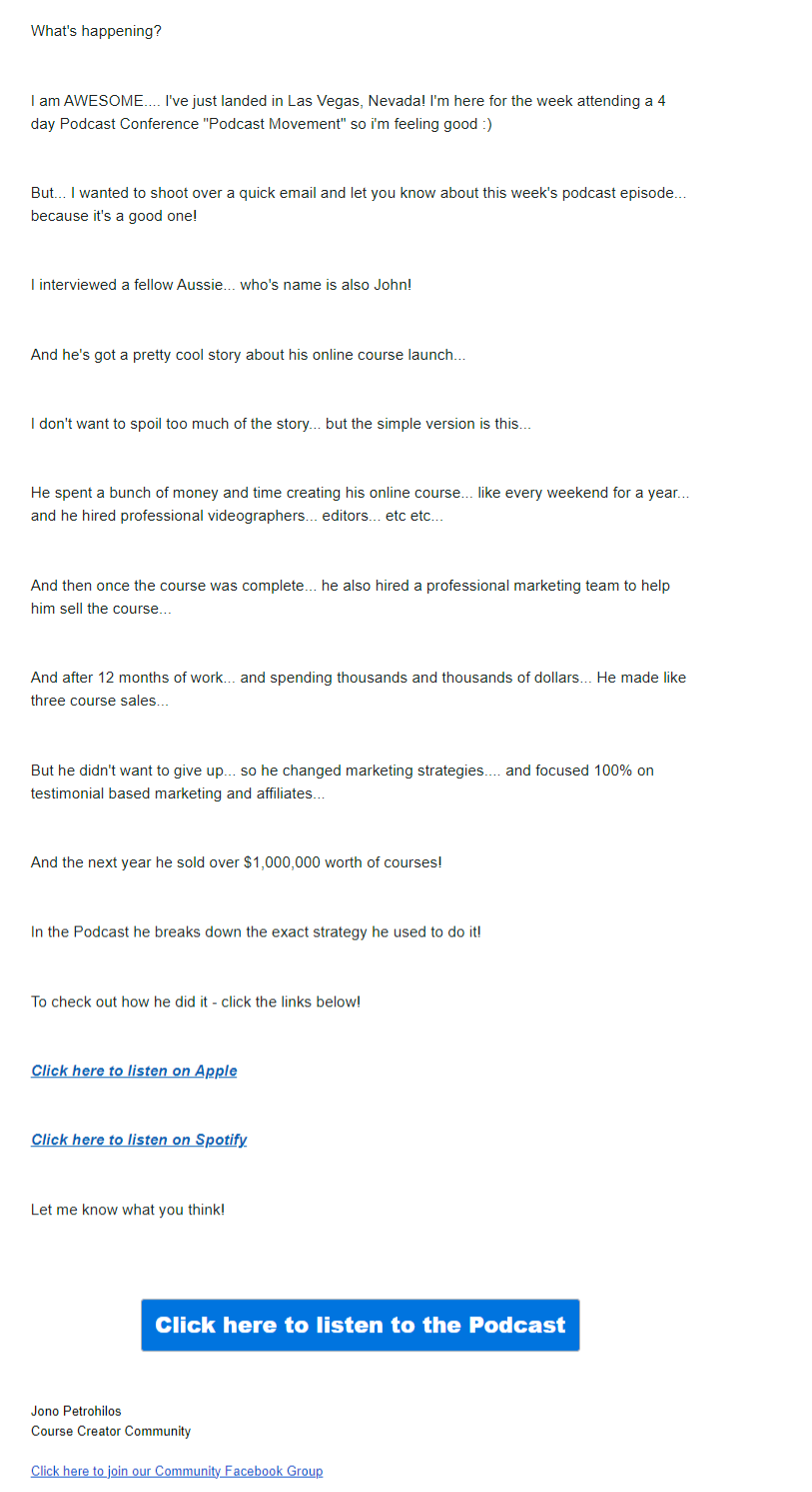
You could either simply talk about the case study of the success story or redirect your reader to another site where the content is hosted, like a YouTube Video, podcast or create landing pages to download the case study.
This will help build trust and credibility amongst your leads and encourage them to take action and sign up for your course.
3. Introduce the next phase of achieving their goal through your course or coaching programs
In the third email, you can introduce the concept of your solution, and talk about how your course, webinars, or coaching programs will help people achieve the next phase of their goals. You can share success stories, and explain what is on offer and why it is different from other courses in the market.
Do this while making sure that you have a clear call-to-action statement added in the email – add a CTA button or link.
4. More case studies as social proof
This email should focus on how you helped more people achieve the same results as your target audience is seeking. It will help build trust and credibility amongst them, and also make them realize that if someone like themselves was able to succeed with your course, then they can too.
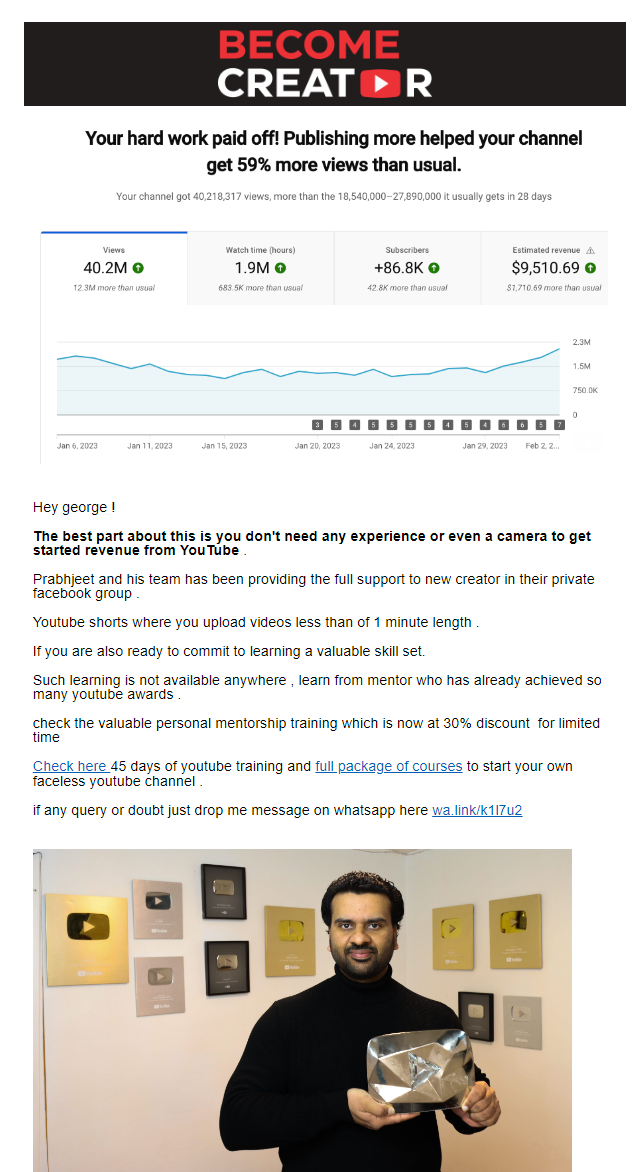
This would be a great time to offer something special to the reader. This could be anything from a percentage discount off the full price of the course, or free access to some of the modules in the course.
5. Last Call Email
The last email should be a ‘last call’ email. During this time, you can thank them for being part of your email list and emphasize the success stories and case studies that have been shared in the previous emails. Give them one more opportunity to sign up for your course by offering them a limited-period discount or coupon code.
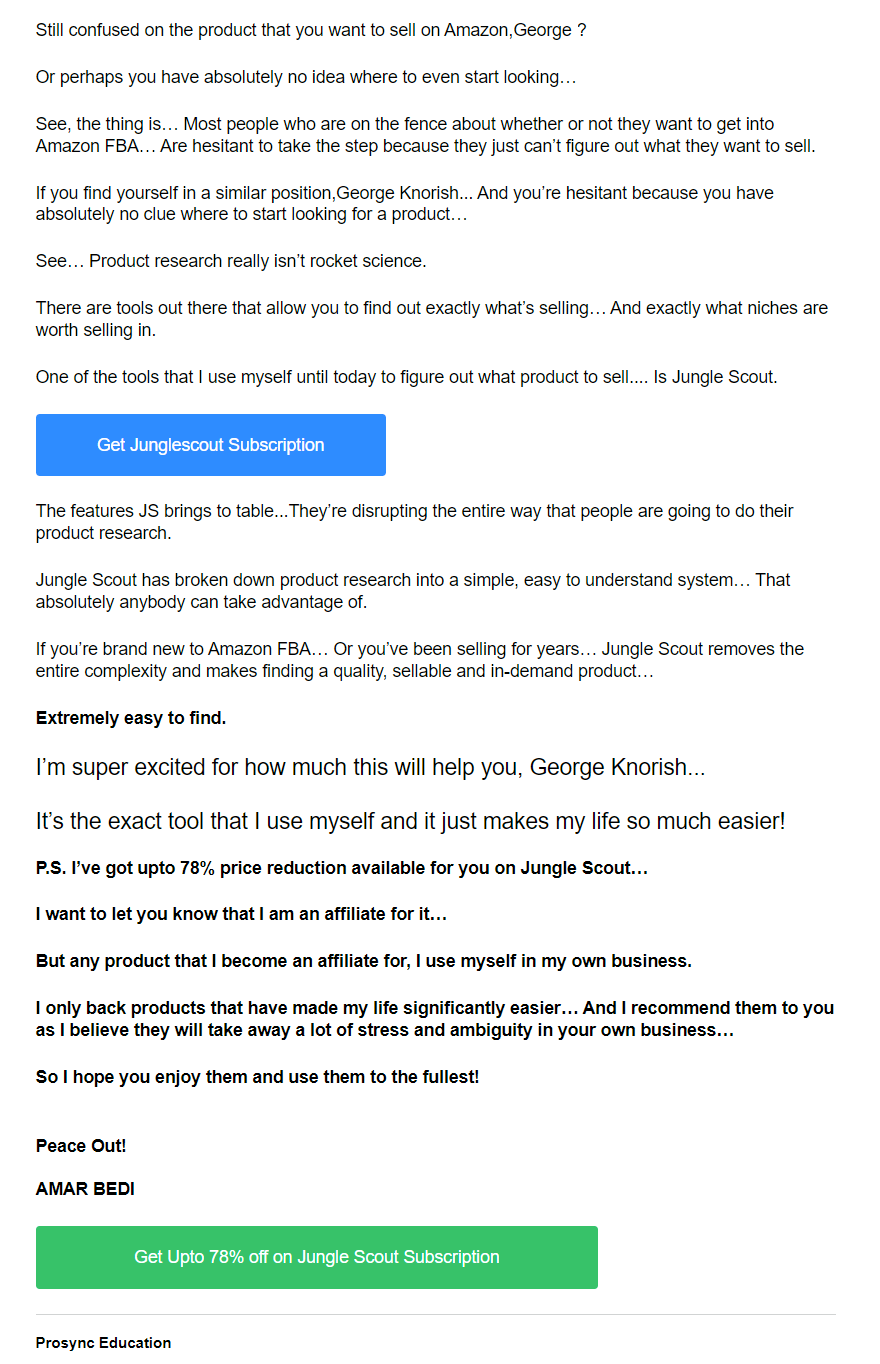
This email should also include a clear and concise call-to-action statement so that the leads can take action right away and sign up for your course. Also, ensure to add a deadline for the offer. Clearly list the last date to use the offer, making sure to create a sense of urgency to grab the offer.
By following this sequence, you will be able to convert potential leads into paying customers for your online courses more quickly, helping you reach your target audience.
How to Write Better Emails
Deciding on email campaigns is one thing, however, writing great emails that actually get opened is another ball game altogether.
There are three big challenges that creators face with email marketing:
- Crafting subject lines that make email subscribers open the email
- Writing email content that gets them to take the desired action
- Ensuring emails land in the inbox
So here’s how to tackle these three challenges:
Crafting better email subject lines
When you send emails, the subject line is what your readers will see first. It needs to be interesting and exciting so people will want to open the email.
Making your subject lines sound conversational is a great way to ensure you get higher open rates. Such as
- Here’s how I can help you…
- What if I told you…
- Create a brighter future!
- You won’t regret it, I promise…
- Have you thought about this…?
- Are you missing out on something special?
- What would you do here?
- Have you ever tried this?
- Have you tried this?
- What would make this better?
- Is this something you need?
- What’s stopping you from achieving your goals?
- Could this be the answer?
- Can I help you with this?
- Have you seen what others are doing?
Use You and I style conversational subject lines as above. They speak directly to the receiver of the email and trigger curiosity, making people want to open them.
Additionally, wherever possible, personalize the emails. Use the first name in the subject line. Most email marketing automation tools have the option of enabling this automatically for you.
Writing better email content
The next step is to actually write emails as if you were speaking with the email receiver. This ensures that the email doesn’t sound like a promotion but rather a conversation about how you can solve their problems.
Top Tips For Writing Great Email Content
Besides using a subject line that creates curiosity, use these top tips to create great emails
- Write your email in short paragraphs with 2 or 3 sentences in each paragraph.
- Grab attention early. Start your emails with a big problem that you want to help your audience resolve.
- Use storytelling to build engagement – Personal stories of triumph or success stories of other customers.
- Offer a lot of free and valuable content that your reader wants.
- Clearly highlight a call to action in the email
- Experiment with email designs with caution. With Gmail and other email solutions becoming very accurate in sniffing out promotional emails, heavily designed mass emails are detected easily and sent to promotions, or worse, the Spam/Junk folder.
- Text based emails have the highest probability of landing in the inbox
Using the methods above would ensure your emails are more purposeful, interesting, and engaging. Then making sure your readers want to open those emails – increasing your chances of the emails landing in their inboxes.
Bonus Hack: Ask a question to your reader in the initial emails. Ask them to reply to you with an answer. Every reply from a reader would ensure that your future emails will have a higher probability to land in their inbox.
What’s next?
Now that you know how to craft better emails, the next step is to automate them. Automation will help you send out multiple emails and manage your campaigns more efficiently. With automated email campaigns, you can reach more of your target audience in less time and with greater accuracy.
You may also want to set up an email campaign and use A/B testing to see which subject lines and email content and designs work best for your audience. A/B testing will help you determine what works best for your readers and increase the chances that they open your emails.
However, even after doing all this, there will be users who do not purchase anything from you. And that’s alright.
Keep nurturing them. Share more high-value content, invite them for future webinars or live sessions, and send out monthly newsletters and holiday emails. The more free content you share, eventually, with each email you would notice revenue coming in.
Email marketing is purely a numbers game. The larger your email list, the more potential customers you have for marketing your courses and making sales. Keep building your list and keep writing emails, and eventually, success will follow.
Good luck!
Ultimate Guide To Create And Sell Online Courses
Discover The 6 step strategy you will need to set up, launch & scale your online coaching business faster! Packed with practical tips, examples, tools, resources, and best practices from successful course creators.




![How to build an online course landing page? [13 Point checklist & Examples]](https://knorish.com/blog/wp-content/uploads/2023/04/pexels-mart-production-7605201.jpg)

